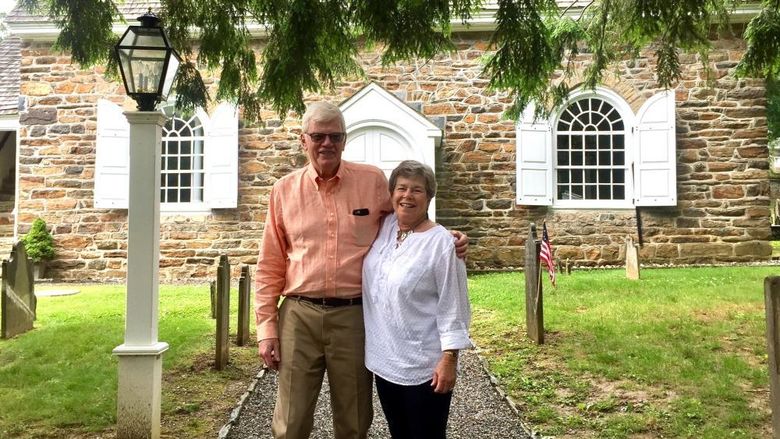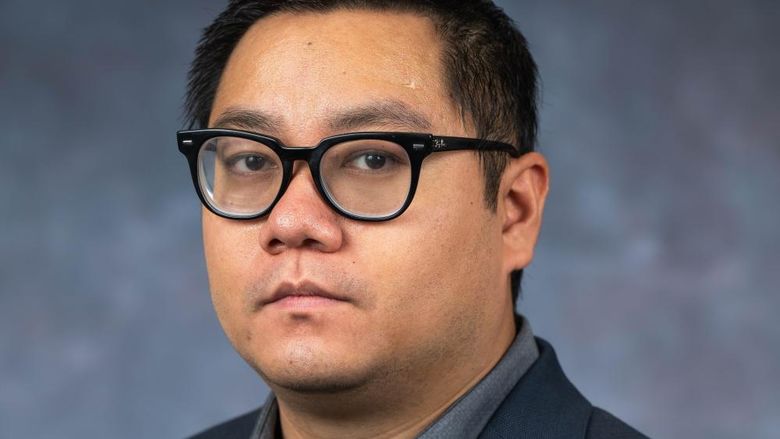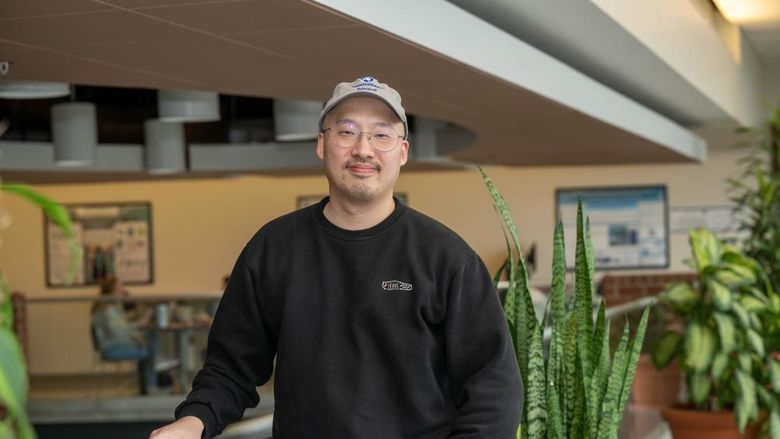
Omar Ashour, an associate professor of industrial engineering at Penn State Behrend, is leading an $850,000 U.S. National Science Foundation project that will explore the effectiveness of game-based learning modules.
ERIE, Pa. — The U.S. National Science Foundation (NSF) has awarded $850,000 to faculty members at Penn State Behrend and two other institutions to support the development of game-based 3D learning modules that will immerse students in adaptable virtual manufacturing environments.
Virtual environments could change the way complex systems such as supply chains are taught, said Omar Ashour, an associate professor of industrial engineering at Behrend and the lead researcher on the project.
“There is some evidence that students engage more directly when they experience material in game-based interactive environments,” Ashour said. “We want to test that. We want to see how well the knowledge they attain in a game transfers into the real world.”
Ashour secured a three-year, $350,000 grant to create the game environments, which will place students in various scenarios. In one module, for example, students will manage inventories in a supply chain — placing orders and managing inventory levels while facing uncertain demand and supply chain dynamics.
Researchers at Carnegie Mellon University and Lafayette College received an additional $500,000 in NSF funding for the project. That money will be used to customize and adapt the interactions in the 3D game environments, tailoring the games to individual player characteristics.
“When you play a game again and again, it’s easy to lose interest,” Ashour said. “Once you know where to move and what to do, you aren’t engaged in the same way. We want to mix it up, so students experience different scenarios.”
Daniell DiFrancesca, an assistant professor of educational psychology at Behrend, will develop a series of prompts and hints that will guide students through the simulation.
“The prompts, which will appear at what we call ‘junction points,’ will give the students different options,” she said. “If the demand for your product is greater than what you can currently produce, for example, do you order more materials, or do you reevaluate your pricing? When you make that choice, you are engaging with the course material, but you are also learning how to apply it. You’re trying it out in a low-stakes environment.”
Ashour and DiFrancesca will develop a detailed case-study to test student knowledge after players have completed a simulation.
“The question is, if they can do all of this in the computer, will that knowledge transfer into the real world?” DiFrancesca said. “Does playing the game help them better understand these concepts, so they can apply them in different scenarios?”
For that to work, she said, the virtual environment has to be realistic, and richly detailed.
“The more 3D and immersive it is, and the more you can manipulate the character, touching things, picking items up, that increases the level of engagement,” DiFrancesca said. “That keeps students interested long enough to learn the content. And hopefully, over time, that leads to lasting proficiency with the material.”
Robb Frederick
Director of Strategic Communications, Penn State Behrend





